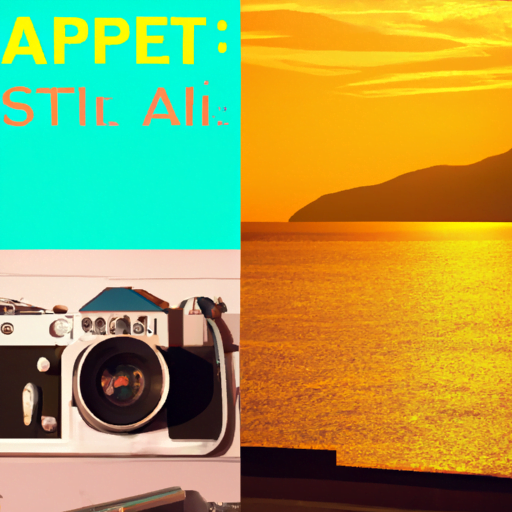-
Table of Contents
- The Role of Typography in Travel Websites: Creating an Atmosphere
- Introduction
- The Power of Typography
- 1. Establishing Brand Identity
- 2. Setting the Tone
- 3. Enhancing Readability
- Case Studies: Effective Typography in Travel Websites
- 1. Airbnb
- 2. Lonely Planet
- Statistics: The Impact of Typography on User Experience
- Conclusion
The Role of Typography in Travel Websites: Creating an Atmosphere
Introduction
When it comes to designing a travel website, there are many elements that contribute to creating a captivating user experience. One often overlooked aspect is typography. Typography plays a crucial role in setting the tone, establishing a brand identity, and creating an atmosphere that resonates with the target audience. In this article, we will explore the importance of typography in travel websites and how it can be used effectively to create an immersive experience for users.
The Power of Typography
Typography is more than just selecting a font and arranging text on a page. It is a powerful tool that can evoke emotions, convey information, and guide users through a website. In the context of travel websites, typography can transport users to different destinations, evoke a sense of adventure, and create a desire to explore. Let’s delve deeper into the various ways typography can contribute to creating an atmosphere:
1. Establishing Brand Identity
Typography plays a crucial role in establishing a travel website’s brand identity. The font choices, styles, and overall typography design should align with the brand’s personality and target audience. For example, a luxury travel website may opt for elegant and sophisticated fonts to convey a sense of exclusivity, while an adventure-focused website may use bold and adventurous fonts to evoke excitement and thrill.
2. Setting the Tone
The typography used in a travel website can set the tone and mood for the entire user experience. Different fonts have different personalities and evoke different emotions. For instance, a script font may create a romantic and dreamy atmosphere, while a sans-serif font can convey a modern and minimalist vibe. By carefully selecting the right typography, travel websites can create a cohesive and immersive experience that aligns with their desired tone.
3. Enhancing Readability
While aesthetics are important, readability should never be compromised. Travel websites often contain a significant amount of textual information, such as destination descriptions, itineraries, and travel tips. The typography used should prioritize legibility and ensure that users can easily consume the content. Clear and well-spaced fonts, appropriate font sizes, and proper line spacing are essential for enhancing readability and ensuring a positive user experience.
Case Studies: Effective Typography in Travel Websites
Let’s take a look at some real-world examples of travel websites that effectively utilize typography to create an atmosphere:
1. Airbnb
Airbnb, a popular online marketplace for vacation rentals, uses typography to establish a friendly and welcoming atmosphere. The website utilizes a combination of a clean sans-serif font for headings and a legible serif font for body text. The font choices, along with the generous use of white space, create a sense of simplicity and ease, making users feel comfortable and confident in their booking decisions.
2. Lonely Planet
Lonely Planet, a renowned travel guide publisher, incorporates typography to evoke a sense of adventure and exploration. The website utilizes a bold and playful font for headings, capturing the spirit of travel and discovery. The body text is set in a clean and legible sans-serif font, ensuring readability while maintaining the adventurous vibe. The combination of fonts and the overall typography design immerses users in the world of travel and ignites their wanderlust.
Statistics: The Impact of Typography on User Experience
Research and statistics further emphasize the importance of typography in creating a positive user experience:
- According to a study by MIT, typography significantly affects the perceived credibility and trustworthiness of a website. Users are more likely to trust and engage with websites that utilize appropriate typography.
- A study conducted by the Software Usability Research Laboratory found that users prefer websites with readable and well-designed typography. Websites with poor typography were perceived as less professional and less trustworthy.
- In a survey conducted by Adobe, 66% of respondents agreed that typography can make a website feel more sophisticated and polished.
Conclusion
Typography plays a vital role in creating an atmosphere in travel websites. By carefully selecting fonts, styles, and overall typography design, travel websites can establish a brand identity, set the tone, and enhance readability. Effective typography can transport users to different destinations, evoke emotions, and create a desire to explore. Through real-world examples and statistical evidence, it is clear that typography has a significant impact on user experience and should be given due consideration in the design process. By harnessing the power of typography, travel websites can create immersive experiences that captivate and inspire their users.
